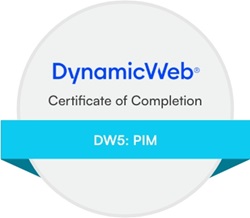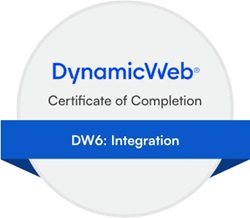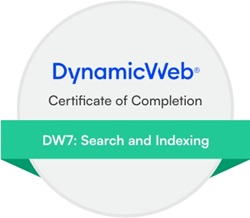Posted on 12/09/2023 11:09:47
Hi Nicolai,
I kind of simplified my case and I thought I would figure the rest out. But apparently I just made it less clear, apologies. I'll describe my full situation:
DW Setup:
25 languages:
--> 5 of which are used for 6 e-commerce language layers: EN-int (default), EN-us, NL, DE, FR & ES
--> 20 remaining are necessary for (pdf) assets. We've got the DAM License. The goals is that on an e-commerce product page pdf's are downloadable in all 25 languages.
Product info integration current status:
- 1 integration with the ECOM provider - Creates the products in the PIM Warehouse and assigns it to the correct groups in the default language
- CSV file - headers contain product names in the 5 e-commerce languages:
Productcode;Product name EN;Product name NL;Product name FR;Product name DE;Procuct name ES;Submodule code;Price group code; (...)
Creation process:
1. Import basic information of product in PIM
2. Use Shared queries to add final information (workflow steps)
3. Publish to channel
Goal:
Step 1 Integration without unnecessary overhead.
Product doesn't exist yet in other languages


















